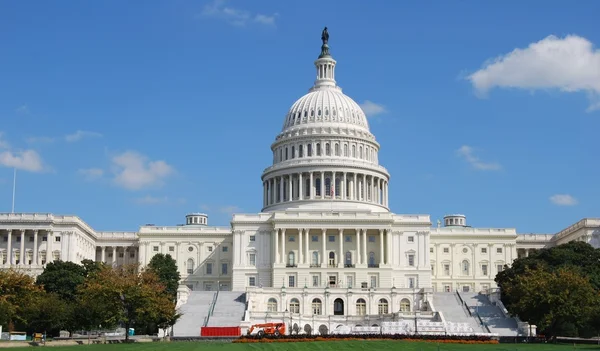On April 28, 2025, the House released the text of its FY25 budget reconciliation bill. On Friday, May 2, 2025, the White House Office of Management and Budget released the President’s FY26 discretionary budget request, a “skinny budget” that provides insight into the full budget proposal anticipated later this month. This blog post summarizes education and workforce components of the President’s proposal and the House’s recommendations, highlighting how achieving the goals of both requires responsible reliance on federal data.
The President’s initial FY26 budget request indicates a $12 billion cut to the US Department of Education’s (ED) funding and a $4.6 billion reduction in funding for the US Department of Labor (DOL)—a 35% cut over current funding levels. These funding cuts will limit the education and workforce programs available to students, workers, and their families. They will also make it harder for individuals to afford, for example, high-quality child care and postsecondary education. Although there are few details included in the president’s budget, the large reductions it proposes suggest that everything, including data programs, will face cuts. From the details we do have, we know that the budget proposes:
- Reducing and block granting funding for most K–12 and workforce development programs;
- Eliminating all student financial aid programs, including work study, other than Pell grants and loans; and
- Eliminating the Preschool Development Block Grant and Community Service Block Grant.
On top of these deep cuts for FY26, there are still ongoing conversations happening about the FY25 budget as the House considers its initial FY25 reconciliation bill. This bill includes cuts to a number of existing student financial assistance and loan repayment programs, and it also develops programs that will require robust federal data to be successful. The bill proposes eliminating subsidized Stafford loans for undergraduate students and PLUS loans for graduate students, limiting Parent PLUS loans, tying loan limits to a student’s program of study, adjusting enrollment status requirements for Pell grants, and replacing the current income-dependent repayment plans with a single option for income-dependent repayment.
The FY25 reconciliation bill would also establish two new grant programs: the Workforce Pell Grant Program and the PROMISE Grants program. The Workforce Pell Grant Program would expand eligibility for Pell grants to students enrolled in applicable short-term, high-quality, workforce-aligned programs. PROMISE grants, authorized to start in 2028, would be available for eligible higher education institutions that meet formula requirements based on strong earnings outcomes, low tuition, and successful enrollment and graduation rates for students in need.
Access to high-quality federal data is integral to effectively facilitating these education and workforce programs. The Workforce Pell Grant program includes guardrails for student outcomes, including data on value-added earnings, completion rates, and job placement rates. The PROMISE Grants require institutions to report on and evaluate how funds are used, and disseminate best practices based on those evaluations. To participate in these programs and fulfill each program’s student outcomes requirements, institutions must report to and have access to federal data systems, such as the Integrated Postsecondary Education Data System (IPEDS) and the National Student Loan Data System (NSLDS). And ED needs access to very granular data about postsecondary institutions and their programs receiving federal student aid dollars in order to operate these programs.
Efforts to better target financial assistance funding—whether toward the most cost-effective programs or programs with better return on investment for students—require federal data collections, sources, and systems that are currently in danger of being shut down or reduced. Specifically, institutions can leverage IPEDS data to report on student completion rates, one reporting requirement to participate in both the Workforce Pell Grant and PROMISE grant programs, as well as tuition and enrollment rates, which are reporting requirements for PROMISE grants. Institutions participating in PROMISE grants can also use NSLDS data on student federal loans and grants to meet reporting requirements related to tuition. In addition, both IPEDS and NSLDS provide data that ED can use to assess the quality of institutions seeking to participate in the Workforce Pell and PROMISE grants programs. And in order to accomplish these and other proposed changes, ED needs even more granular data—not less.
Robust federal data systems are necessary to facilitate the proposed changes to the education and workforce programs outlined in the House’s FY25 budget reconciliation bill. These data systems should be funded and supported in a manner that recognizes their value to priorities that invest in students and workers. Proposed funding cuts in both the President’s initial FY26 budget and the House’s reconciliation bill would diminish these critical data resources.


